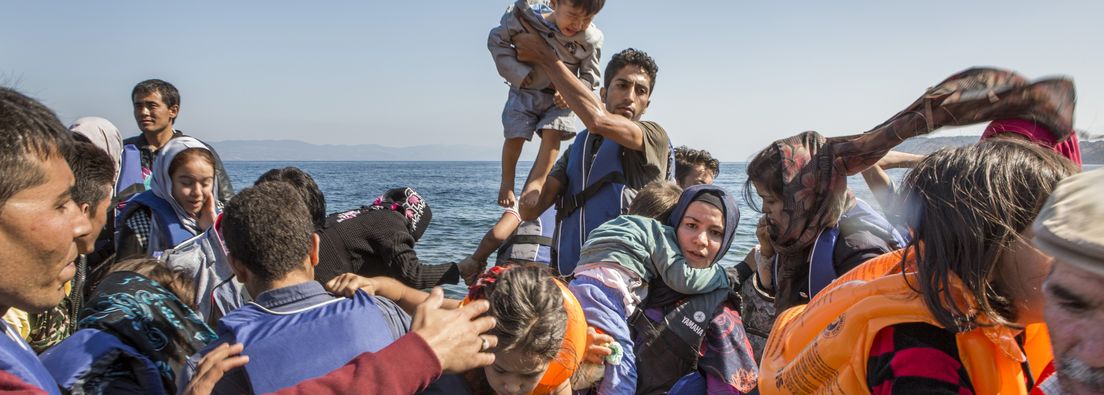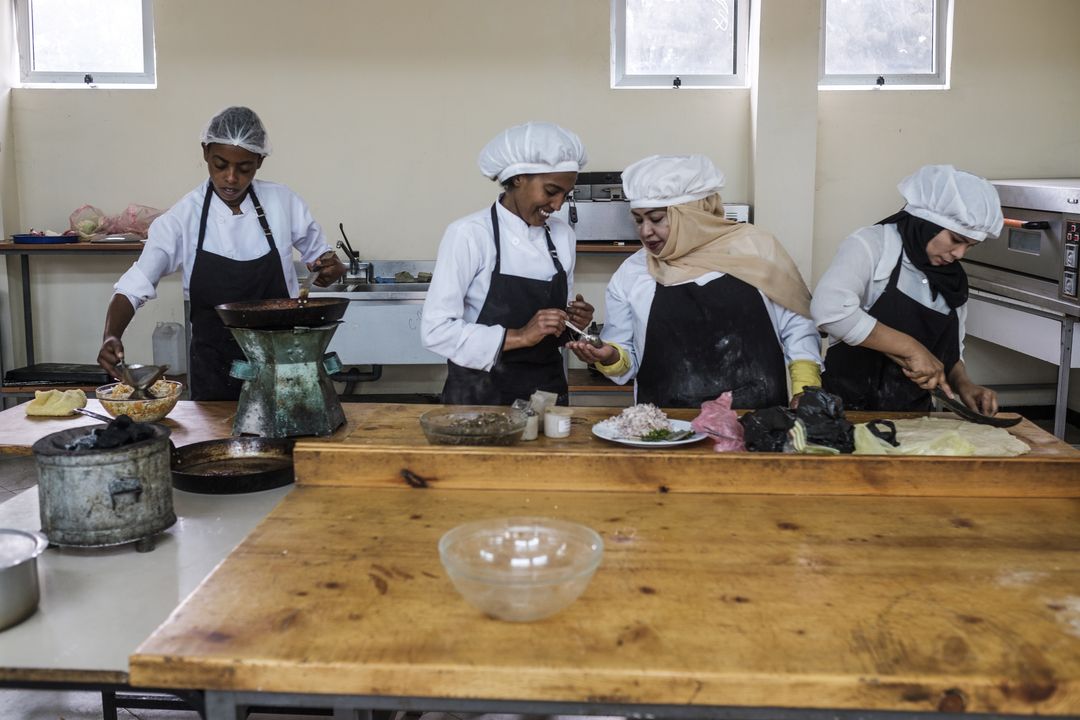The UNHCR appeals to all countries to do more to find a new home for refugees and displaced people worldwide. The newly-published UNHCR Global Trends report reveals that last year one per cent of humanity – or one in 97 people – had been displaced as a result of violence, persecution or the collapse of public order. Meanwhile, fewer and fewer people are able to return home.
According to the report, which was published two days before World Refugee Day, 79.5 million people are displaced worldwide. According to UNHCR data, this is the highest number on record.
The report also showed that for many refugees, the prospect of an end to their plight is diminishing over time. Whereas in the 1990s on average 1.5 million refugees per year were able to return home, in the last decade, the number of voluntary repatriations fell to around 390,000. The total number of displaced persons is thus increasing.
According to UN High Commissioner for Refugees Filippo Grandi, "we are witnessing a changed reality in that forced displacement nowadays is not only vastly more widespread but is simply no longer a short-term and temporary phenomenon". "People cannot be expected to live in a state of upheaval for years on end, without a chance of going home, nor a hope of building a future where they are. We need a fundamentally new and more accepting attitude towards all who flee, coupled with a much more determined drive to unlock conflicts that go on for years and that are at the root of such immense suffering."
Of the 79.5 million displaced people, 45.7 million are internally displaced persons (IDPs) according to the UNHCR report, i.e. people who have been forced to flee their homes and have taken refuge within their own country. 29.6 million people have had to flee to another country (26 million of them are refugees) and 4.2 million people are still waiting to hear the outcome of their asylum applications.
The sharp increase from 70.8 million at the end of 2018 to 79.5 million is owing to two main factors. Firstly, the number of displaced persons has increased at a worrying rate over the past year, particularly in the Democratic Republic of the Congo, the Sahel, Yemen and Syria. The war in Syria, which has now lasted for nine years, has caused 13.2 million people to flee their homes and seek asylum abroad or refuge inside Syria. Syrians alone account for a sixth of all displaced people.
Secondly, the global figure indicated in this year's report gave a more accurate indication of the number of the Venezuelans displaced abroad. Many of them are registered neither as refugees nor asylum seekers, but they also need protecting.
Every one of the 79.5 million displaced people is an individual with their own story to tell. UNHCR estimates that 30–34 million of them are children, thousands of whom are unaccompanied – more than the combined populations of Australia, Denmark and Mongolia. In contrast, older people make up a smaller proportion of the refugee population (4%) whereas around 12% of the total global population is over 60.
Displacement facts and figures:
Around 100 million people have been forced to seek refuge within their country of origin or in another country in the last decade.
The number of displaced people has doubled since 2010 (41 million in 2010; currently 79.5 million).
80% of the world's displaced populations reside in regions or countries experiencing acute food insecurity and malnutrition.
More than three-quarters of all refugees (77%) were considered to be in a situation of protracted exile. For example, people have had to flee Afghanistan for five decades now.
More than eight out of ten refugees (85%) are in developing countries, and most find refuge in a neighbouring country.
Two thirds of all those displaced abroad come from just five countries: Syria, Venezuela, Afghanistan, South Sudan and Myanmar.
The Global Trends report includes all IDP and refugee populations including the 5.6 million Palestinian refugees under UNRWA's mandate.
People are increasingly taking refuge in cities; in 2019 about two thirds of IDPs resided in cities and urban areas.
The 2030 Agenda commitment to 'leave no-one behind' now explicitly includes refugees in a new indicator.
For more information on the Global Trends report, visit: www.unhcr.org/unhcr-global-trends-2019-media


